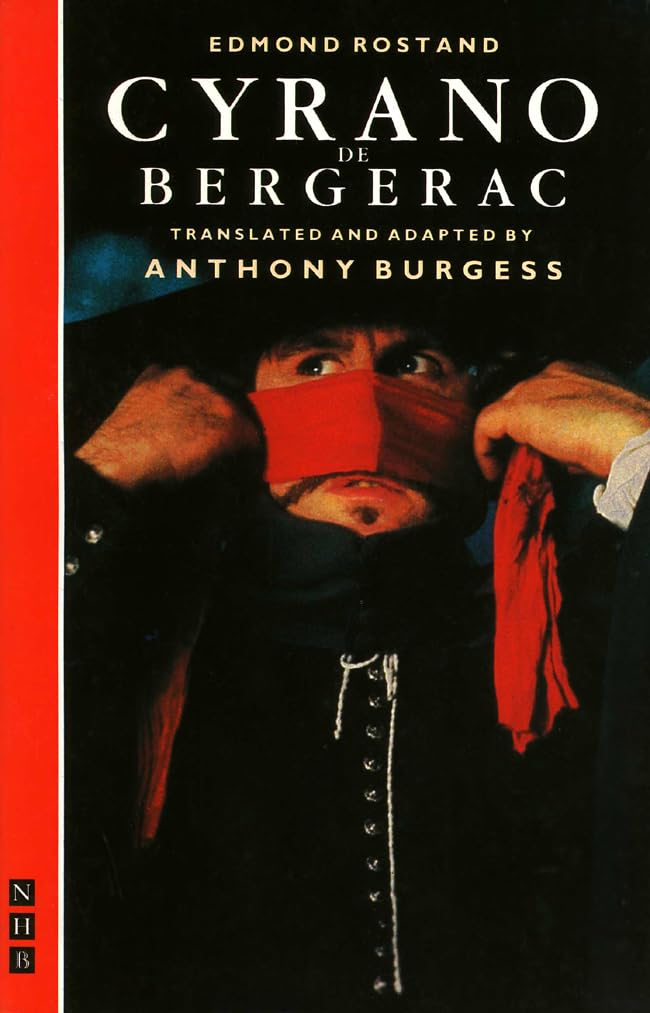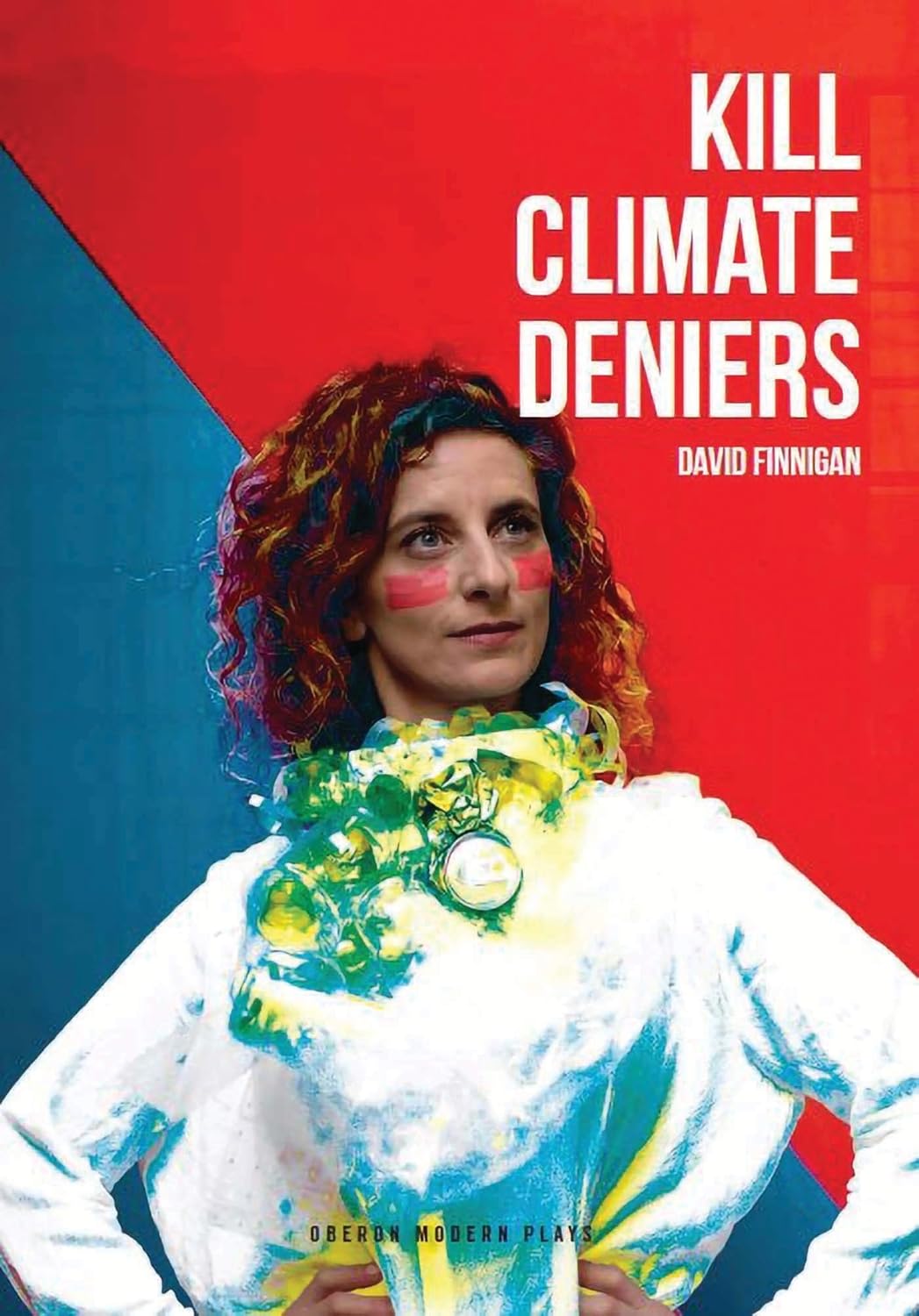The Man Behind the Nose
A warrior-poet with a rapier-sharp wit and an equally sharp sword stands in the shadows, whispering sweet nothings to help another man win the woman he loves. This is perhaps the most enduring image from Edmond Rostand’s masterpiece “Cyrano de Bergerac,” a play that has captured hearts and imaginations for over 120 years. But beyond its romantic facade lies a deep exploration of inner beauty, authenticity, and the price of pride.
Quick Facts
- First performed: December 28, 1897, at the Théâtre de la Porte Saint-Martin, Paris
- Original language: French
- Runtime: Approximately 3 hours
- Structure: Five acts in verse
- Notable adaptations: 1950 film with José Ferrer, 1990 film “Cyrano de Bergerac” with Gérard Depardieu, 2021 musical film with Peter Dinklage
- Based on: The historical figure Savinien de Cyrano de Bergerac (1619-1655)
Just want to read the play?

Brian Hooker’s translation
Translated in 1923 but still holds the test of time thanks to its poetry.
Free version? Try the version on Project Gutenberg: https://www.gutenberg.org/files/1254/1254-h/1254-h.htm
Historical Context
When Rostand premiered “Cyrano de Bergerac” in 1897, French theater was dominated by naturalistic dramas and problem plays. The fin de siècle period had brought with it a certain cynicism and world-weariness. Into this atmosphere, Rostand released something entirely different: a romantic hero’s tale written in rhyming alexandrines, set in the swashbuckling era of the Three Musketeers.
The play was an immediate sensation. Opening night reportedly saw a standing ovation lasting over an hour. In an age of increasing modernization and cynicism, Rostand had given Paris a reminder of its romantic soul. The play’s success helped revive the genre of heroic comedy and earned Rostand admission to the prestigious Académie française.
Plot Overview
Set in 1640s Paris, the play follows Cyrano de Bergerac, a brilliant poet and swordsman cursed with an extraordinarily large nose. Despite his ugliness, Cyrano has fallen deeply in love with his beautiful cousin Roxane. However, Roxane confides in him that she loves Christian, a handsome new cadet in Cyrano’s regiment who lacks eloquence.
In an act of selfless love, Cyrano agrees to help Christian win Roxane by providing him with the words to woo her. What follows is a complex game of ventriloquized love, where Cyrano’s soul speaks through Christian’s beautiful face. The deception culminates in the famous balcony scene, where Cyrano, hidden by darkness, speaks his true feelings to Roxane while pretending to be Christian.
The play reaches its tragic climax fifteen years later, when a dying Cyrano visits Roxane at a convent. Only in his final moments does she realize that it was Cyrano’s soul she had loved all along.
Themes & Analysis
The Nature of Beauty
At its heart, “Cyrano” explores the relationship between inner and outer beauty. Cyrano’s nose serves as a physical manifestation of what he perceives as his unworthiness, while Christian’s handsome but intellectually empty presence creates the perfect opposite. Rostand uses this dichotomy to ask profound questions about the nature of love and attraction.
Pride and Self-Sabotage
Cyrano’s pride is both his greatest strength and his fatal flaw. It enables his magnificent feats of derring-do but also prevents him from revealing his true feelings to Roxane. His refusal to be pitied becomes a form of self-imposed exile from love.
The Power of Words
Language is a central theme throughout the play. Cyrano’s mastery of words serves as both weapon and wooing tool. The play itself, written in verse, celebrates the beauty of language while exploring its limitations in expressing true feelings.
Revolutionary Elements
Rostand’s play was revolutionary in its blend of genres. It combines comedy with tragedy, romance with action, and philosophical depth with theatrical spectacle. Its use of verse in an era of naturalistic prose was seen as daringly old-fashioned, yet it worked brilliantly to create a heightened romantic atmosphere.
Cultural Impact
“Cyrano de Bergerac” has become shorthand for unrequited love and selfless romance. Its influence can be seen in countless romantic comedies and dramas, from “Roxanne” (1987) to “Sierra Burgess Is a Loser” (2018). The term “Cyranesque” has entered the language to describe noble, romantic self-sacrifice.
Reading Guide
Best Translations
- Brian Hooker’s 1923 translation (most poetic)
- Anthony Burgess’s 1985 version (most faithful to original verse)
- Carol Clark’s 2006 translation (most accessible modern version)
Reading Tips
- Pay attention to the wordplay and poetry, especially in Cyrano’s set pieces
- Note how the tone shifts from comic to tragic across the five acts
- Watch for the recurring motifs of the moon, poetry, and masks
- Consider how each character represents different aspects of love and honor
Contemporary Relevance
In our era of online dating and social media personas, “Cyrano” feels surprisingly relevant. The question of authentic self-presentation, the gap between inner and outer beauty, and the role of words in creating connection all resonate with modern audiences. Recent adaptations have explored these themes through contemporary lenses, such as Peter Dinklage’s 2021 musical version, which replaces Cyrano’s nose with the actor’s dwarfism.
Discussion Questions
- How does Cyrano’s pride serve both as strength and weakness?
- Is Cyrano’s decision to help Christian noble or cowardly?
- What does the play suggest about the relationship between physical and inner beauty?
- How might social media change this story if it were set today?
Fun Facts & Trivia
- The real Cyrano de Bergerac was indeed a poet and swordsman, though his nose was reportedly not as prominent as in the play
- The play’s famous “nose tirade” contains 28 different ways Cyrano could have been insulted about his nose
- Sarah Bernhardt asked to play the role of Cyrano, but Rostand declined
- The word “panache,” now meaning flamboyant confidence, gained its modern meaning largely through this play
Why This Play Endures
“Cyrano de Bergerac” continues to captivate audiences because it speaks to universal experiences of love, self-doubt, and the fear of rejection. Its brilliant blend of comedy and tragedy, combined with its exploration of timeless themes, ensures its place in the theatrical canon. Moreover, its central question – whether we can truly love someone for their soul alone – remains as relevant today as it was in 1897.
Additional Resources
- “Cyrano: The Life and Legend of Cyrano de Bergerac” by Ishbel Addyman
- “Cyrano de Bergerac” (1990) film starring Gérard Depardieu
- “Roxanne” (1987) – Steve Martin’s modern adaptation
- The Guthrie Theater’s study guide to “Cyrano”
In closing, “Cyrano de Bergerac” isn’t just a play about a man with a big nose – it’s a masterful exploration of love, identity, and the price of pride. Its blend of swashbuckling adventure, romantic poetry, and profound human truth makes it essential reading for anyone who loves theater, literature, or simply a great story well told.







Leave a Reply